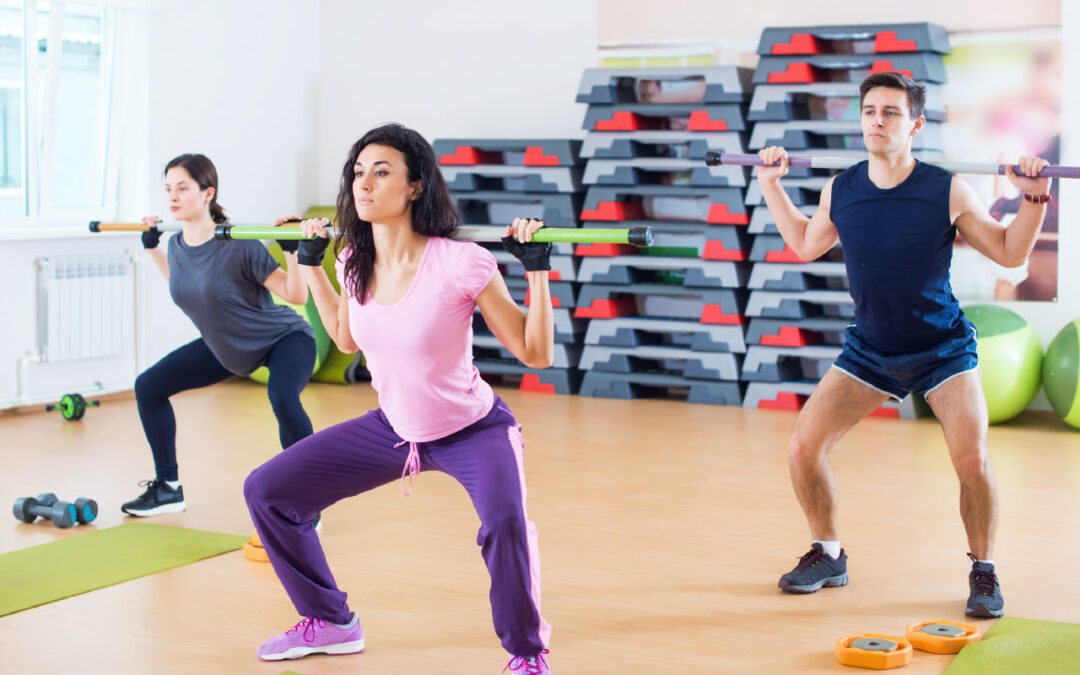
By Miguel J. Ortiz
One of the many things I hear people say in the gym is that they don’t squat because it hurts their knees. Without realizing that they squat almost every day whether it’s sitting down, going up stairs, or picking something off the floor. You cannot escape it. You will need to squat. Instead I wish people worked more on how they squat instead of avoiding it, but that’s OK because that’s where I come in as a trainer.
After some time correcting form or properly showing people how to move better, it brings me great gratification knowing I helped improve someone’s movement pattern to elevate their life. I want to do the same for you. So, before we dive into some squat variations, I want to bring up a couple of key points that everyone should consider.
First, how is your ankle flexibility? If you have weak ankles or poor flexibility, please improve this as it will help with stability and squat depth. Second, do you understand how to properly brace your core? When weight lifting you should never draw in the naval. You should be bracing at your core as if your preparing for impact. Third, understand that with all movements it’s not about how much you lift, it’s about how you lift it. Now, let’s get into some squat patterns.
Our first movement is the DB Goblet Squat, a classic squat that really helps keep the body centered since the weight is chest centered and forces the core to be heavily engaged. This exercise is great for recognizing if you’re actually bracing at your core appropriately. It can also be done with a KB, but there are several variations that make this exercise easier or harder. Keep in mind, if getting low or squatting in general makes you nervous, I suggest pulling out a chair and practice barely hitting your butt to the chair to control range of motion. If you really need practice bracing your core then sit all the way down, brace and then stand up.
The second exercise is the KB Sumo Squat. It requires decent hip mobility in order to drive the legs wide enough to be in a proper position. You don’t need a super wide stance. It’s important to make sure the knee stays over the ankle complex, however if you begin this movement and see heavy internal rotation at the knee or an inability to keep the knees driving wide during the movement, then I would stick with the Goblet squat for now. Because of this wide stance, the glute and inner thigh focus will turn up, giving a burn in the legs that you might have been looking for.
Our last exercise is the most advanced It’s the DB RLESS, aka, Rear Leg Elevated Split Squat. Before attempting, please make sure you can complete the two squats explained above. This movement requires decent balance and hip stability. This exercise is basically a single leg squat with back leg support. I would say the front foot will need to have at least 80% of your weight because of the heavy isolation. Don’t be surprised as to how quickly the legs tire, especially if you’re saving this movement for the end of a workout.
Have fun with these movements, stay active and never stop improving.










